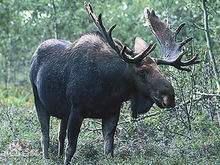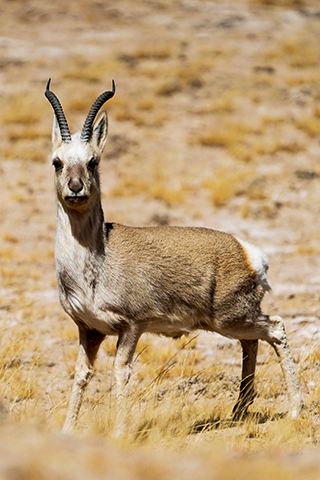
Procapra picticaudata
Procapra picticaudata,Tibetan Gazelle, Goa,Gazelle Du Tibet,Gecela Del Tibet,Tibetische Gazelle,Tibetan gazelle, gazelle, Tibetan gazelle
Tibetan Gazelle, also known as Tibetan Gazelle in English, has no subspecies···
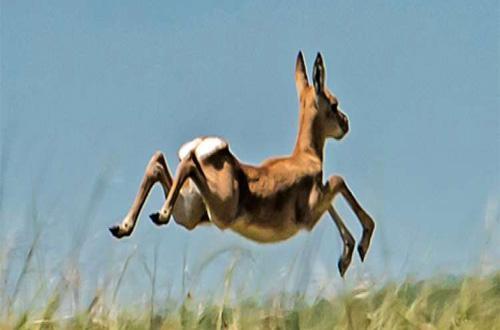
Procapra gutturosa
Procapra gutturosa,Mongolian Gazelle, Dzeren, Gazelle de la Mongolie,Gacela de Mongolia,Mongoleigazelle,Tsagaan dzeer,Mongolian gazelle, Mongolian gazelle, Mongolian gazelle
Mongolian Gazelle is called Mongolian Gazelle in foreign language. It has no···
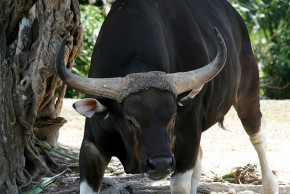
Bos javanicus
Bos javanicus,Banteng,Bali cattle, white-rumped wild cattle
Javan buffalo is called Banteng in foreign language, and there are two subsp···
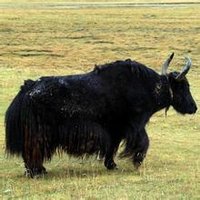
Bos mutus
Bos mutus, Pig sound cattle, Jiyake (Tibetan name transliterated as Yagui)
Wild yaks are called wild yak in foreign language. They are the wild counter···
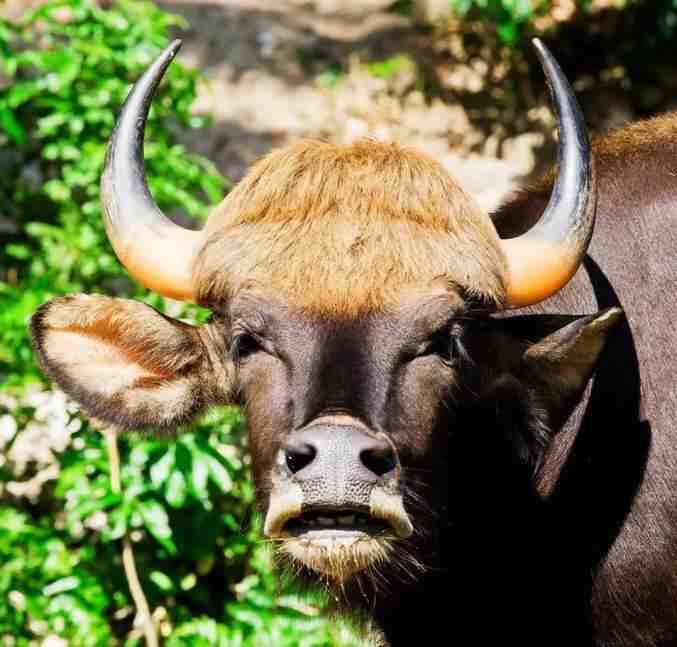
Bos gaurus
Bos gaurus,White-limbed bison, wild yellow cattle, white socks, Asian bison, bison, big-headed cattle
The Gaur is called Gaur in foreign language. There are two subspecies. The h···
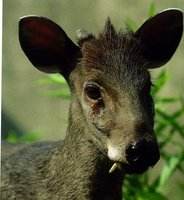
Elaphodus cephalophus
Elaphodus cephalophus,Green deer, black deer
The Latin name of the tufted deer is Elaphodus cephalophus, which has three ···
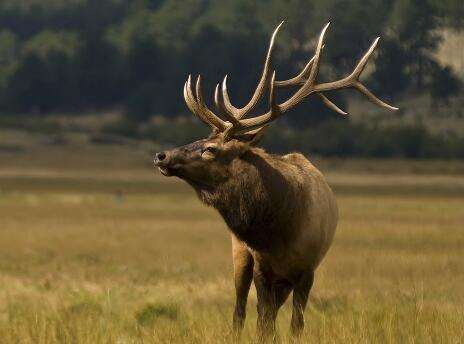
Elaphurus davidianus
Elaphurus davidianus,Père David's Deer, Pere David's Deer,Elaphurus davidiensis,Four-in-one, zhǔ (ancient name), Father David's deer
Milu [mí lù], also known as Pere David's Deer in foreign languages, is···
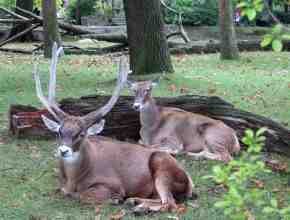
Przewalskium albirostris
Przewalskium albirostris, White-lipped Deer, Thorold's Deer, Weißlippenhirsch,Przewalskium albirostris,Rock deer, white-nosed deer, yellow deer, Hama (Tibetan)
White-lipped Deer is a species endemic to the Qinghai-Tibet Plateau, with no···
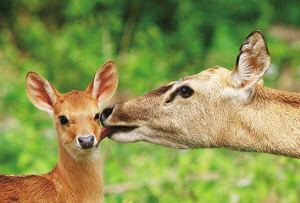
Rucervus eldii
Rucervus eldii,Panolia eldii (M'Clelland,Brow-branched deer, brow-horned deer, marsh deer
Eld's deer, whose Latin name is Cervus eldii, is a medium-sized deer wit···
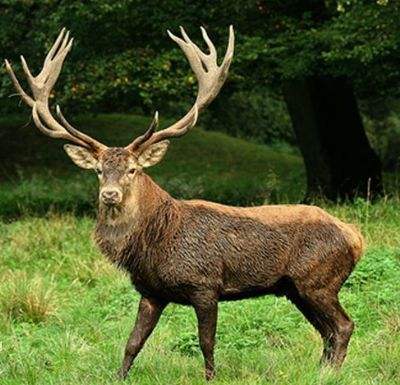
Bactrian Deer
Bactrian Deer,Cervus elaphus yarkandensis,Cervus affinis yarkandensis,Cervus yarkandensis,Tarim subspecies of red deer, Tahe red deer, southern Xinjiang red deer, southern Xinjiang small white deer, Y
Tarim Red Deer, also known as Bactrian Deer, is of medium size and short bod···
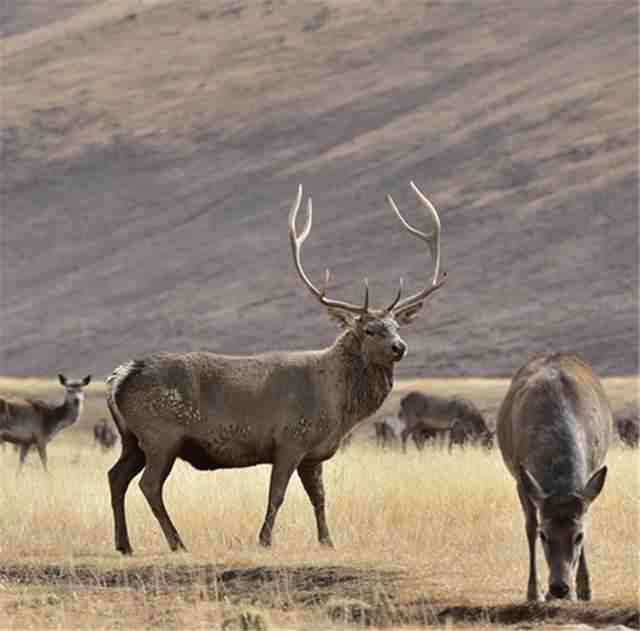
Cervus elaphus wallichii
Cervus elaphus wallichii,Cervus wallichi,Cervus elaphus affinis,Cervus canadensis wallichi ,Shou Cervus, Red deer Tibetan subspecies, Red deer Tibetan subspecies, Sikkim red deer
The Tibetan red deer, Shou Cervus in English, is a species endemic to the Ti···
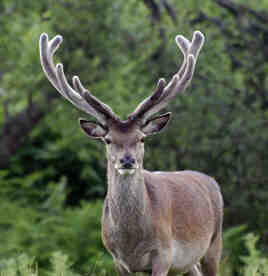
Cervus canadensis
Cervus canadensis,Wapiti, Alashan Wapiti, Izubra/Manchurian Wapiti, McNeill’s Deer, Merriam’s Wapiti, Shou, Siberian Wapiti, Tien Shan Wapiti, Tule Elk,Cerf Wapiti,Uapití,, red deer, eight-forked deer
Red deer, also known as Wapiti in English, is a large deer species. Due to d···
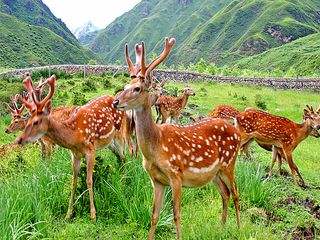
Cervus nippon
Cervus nippon,Sika Deer,Flower deer, deer
Sika deer, also known as sika deer in English, is a small to medium-sized de···
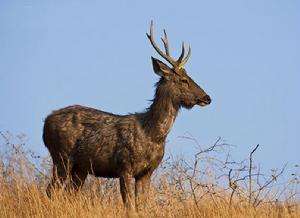
Rusa unicolor
Rusa unicolor, Sambar, Indian Sambar, Sambar Deer,Indischer Sambarhirsch, Pferdehirsch, Sambar,Cervus unicolor Kerr,Black deer, spring deer
Sambar, also known as the water deer in English, has 8 subspecies and is the···
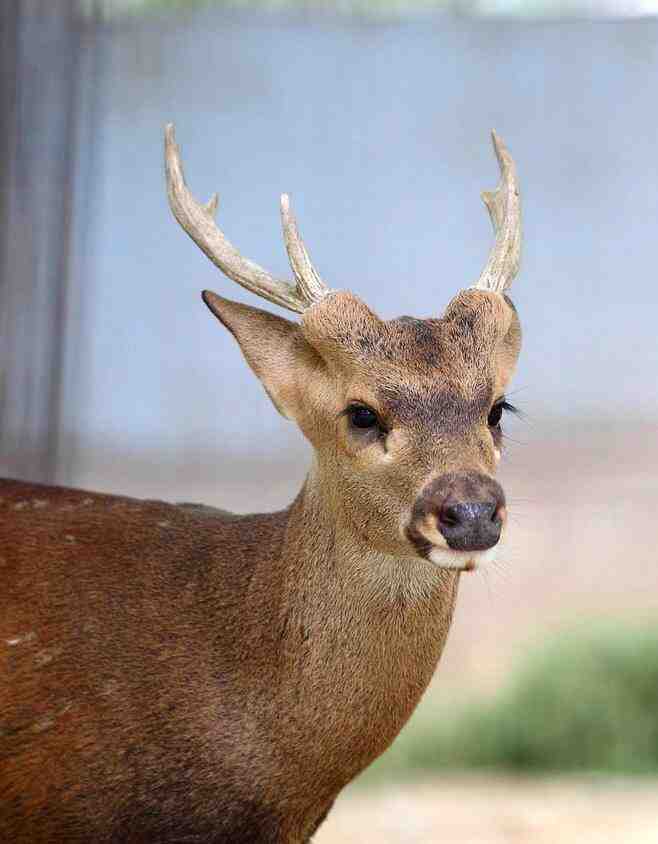
Axis porcinus
Axis porcinus, Hog Deer, Indian Hog Deer, Indochina Hog Deer, Indochinese Hog Deer, Thai Hog Deer,Cerf des Marais, Cerf-cochon, Cerf-cochon d'Indochine,Ciervo Porquerizo de Indochina , Indischer
Hog Deer, also known as Hog Deer in English, has 3 subspecies and is a mediu···
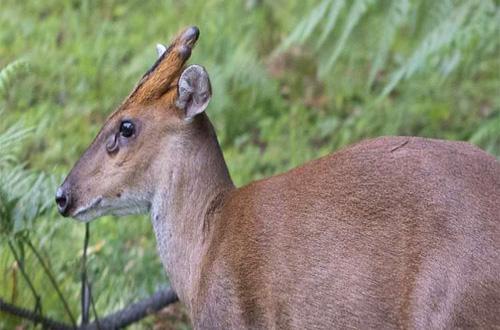
Muntiacus gongshanensis
Muntiacus gongshanensis,Gongshan Muntjac,Muntjac, Green Muntjac, Black Muntjac
Gongshan Muntjac has no subspecies and belongs to the medium-sized muntjac.G···
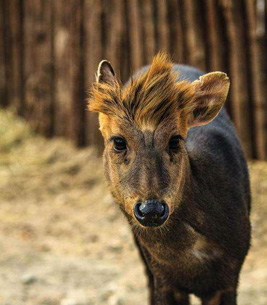
Muntiacus crinifrons
Muntiacus crinifrons,Black fronted Muntjac,Black and gold muntjac, shaggy muntjac, red-headed muntjac, muntjac, green muntjac
Black fronted Muntjac is a larger species of muntjac, and its appearance is ···
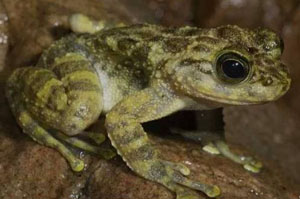
ANURA、Ranidae
ANURA、Ranidae
The Hainan torrent frog is an amphibian of the Anura order, Ranidae family, ···
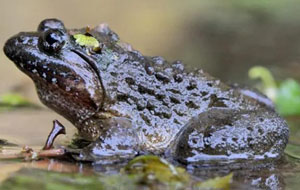
Glandirana minima
Glandirana minima,Little Gland Frog,Rana minimus
The small glandular frog is an amphibian of the family Ranidae, living in sm···
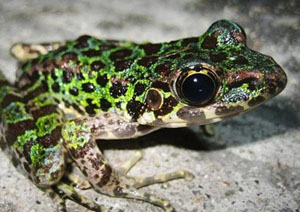
Odorrana wuchuanensis
Odorrana wuchuanensis,Tadant
The stinking frog is a general term for frogs of the genus Rhacophoridae of ···
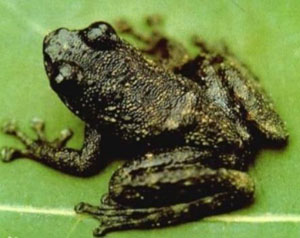
Hong Kong Turbulent Frog
Hong Kong torrent frog is endemic to China. The ecological environment quali···
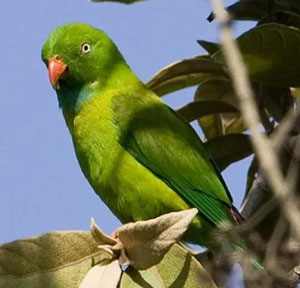
Short-tailed Parrot
Vernal hanging parrot, Indian parrot
The short-tailed parrot is a typical climbing bird, with a small body and a ···
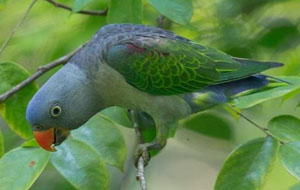
Blue-rumped Short-tailed Parrot
Blue-rumped Parrot, Mexican Parrot, Blue-rumped Parrot
The Blue-rumped Short-tailed Parrot is a small parrot, also known as the Mex···

Water deer
Musk deer, musk deer, horse deer, musk deer, river muntjac
獐外文名River Deer,有2个亚种,比麝略大。《本草纲目》说注:“獐无香,有香者麝···
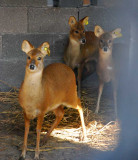
Musk deer
Moschus moschiferus
The Taiga Musk Deer has three subspecies and is a small mammal.Musk deer oft···
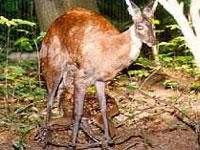
Himalayan Musk Deer
Tibetan Musk Deer
Himalayan Musk Deer, with no subspecies, is one of the six species of musk d···
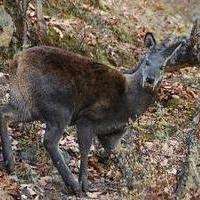
Black Musk Deer
Brown muntjac, black muntjac, muntjac
Black Musk Deer has no subspecies and is similar in shape to the forest musk···
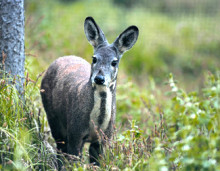
Dwarf musk deer
southern musk deer, forest musk deer, black musk deer, forest musk deer, musk deer
The foreign name of Forest Musk Deer is Forest Musk Deer. There are 5 subspe···
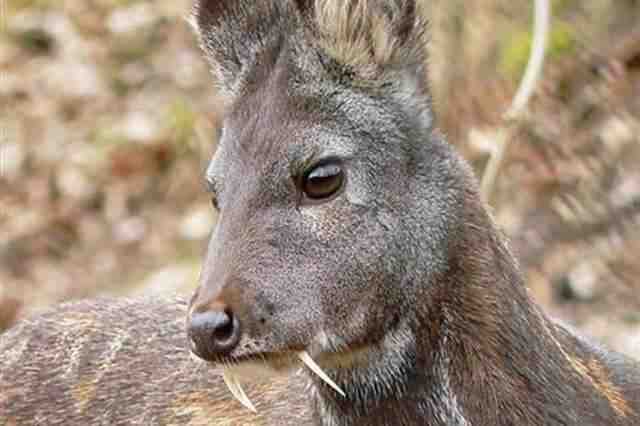
Anhui Musk Deer
Anhui musk deer is also known as Anhui musk deer in English. Since the Anhui···

